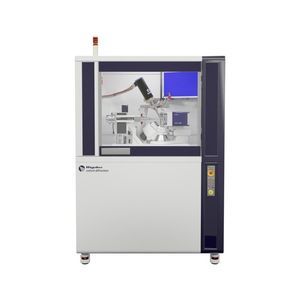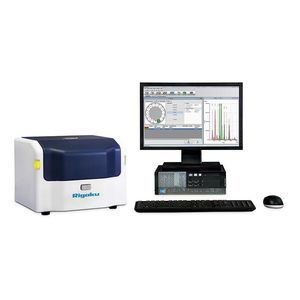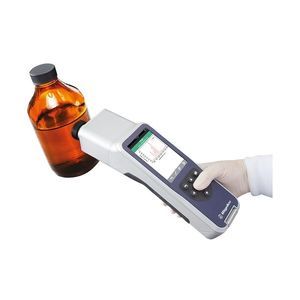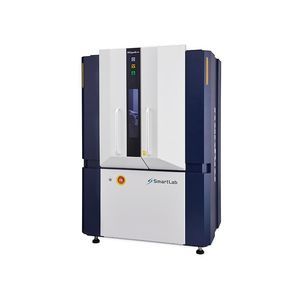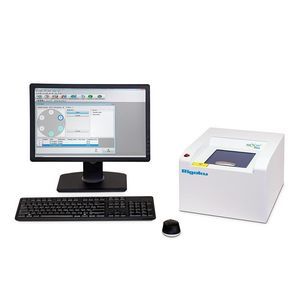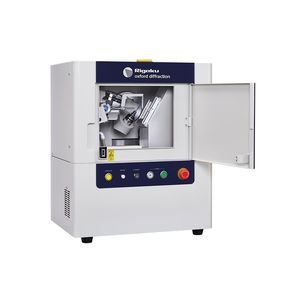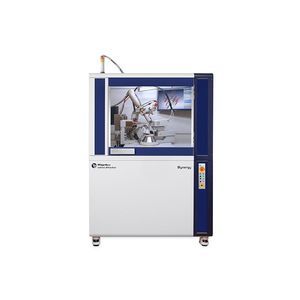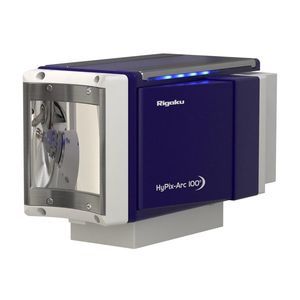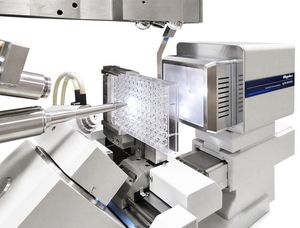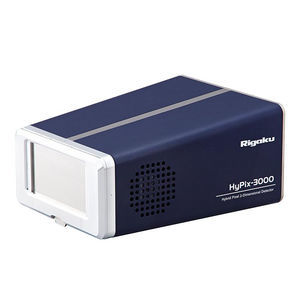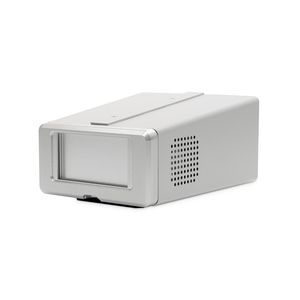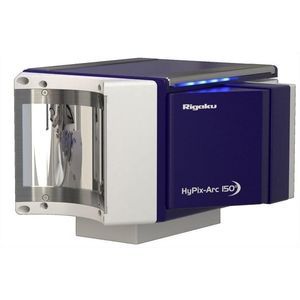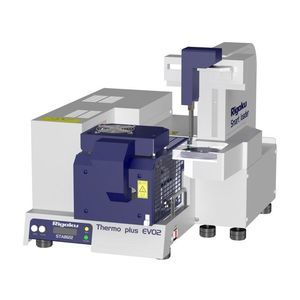

- Products
- Catalogs
- News & Trends
- Exhibitions
Micro X-ray CT preclinical tomography system nano3DX

Add to favorites
Compare this product
Characteristics
- System type
- micro X-ray CT
Description
Rigaku nano3DX is a true submicron resolution CT (computed tomography) scanner. The parallel beam geometry combined with an ultra-bright 1200 W rotating anode X-ray source enhances the contrast of soft materials, which are normally difficult to image using high-energy X-ray sources. The X-ray anode can be selected from Cr (5.4 keV), Cu (8 keV), or Mo (17 keV) for low-energy and pseudo-monochromatic radiation to maximize the contrast for the given sample material and size. With the highest magnification lens, the nano3DX can achieve 325 nm voxel resolution and true submicron (700 nm) spatial resolution.
Overview
How do I achieve high resolution?
Rigaku nano3DX uses parallel beam geometry. This geometry uses an optical lens to magnify the sample image. It does not use the X-ray beam divergence and eliminates blurring caused by the X-ray focus size and drift. With the 20X magnification lens, you can achieve 325 nm voxel resolution and true submicron (700 nm) spatial resolution.
At this resolution, you can see individual carbon fibers (~7.5 um), the intricate structures of seeds, small insects, etc.
How do I change X-ray anodes?
Rigaku nano3DX is equipped with a dual-wavelength rotating anode X-ray generator, MicroMax-007 HF. The rotating X-ray anode is made of Cu, providing Cu characteristic radiation of 8 keV. Another anode material, Cr 5.4 keV, Mo 17 keV, or W for Bremsstrahlung radiation, can be added to the Cu anode to provide the second radiation. You can switch between two radiations with a simple click on the instrument control software.
VIDEO
Related Searches
- Laboratory analyzer
- Control analyzer
- Detector
- Preclinical imaging system
- Calorimeter
- X-rays preclinical imaging system
- Automated calorimeter
- Differential scanning calorimeter
- Compact detector
- Detector for the pharmaceutical industry
- X-ray analyzer
- Digital detector
- Calorimeter for the pharmaceutical industry
- X-ray detector
- Medical device detector
- Preclinical tomography system
- X-rays preclinical tomography system
- Fluorescence detector
*Prices are pre-tax. They exclude delivery charges and customs duties and do not include additional charges for installation or activation options. Prices are indicative only and may vary by country, with changes to the cost of raw materials and exchange rates.


